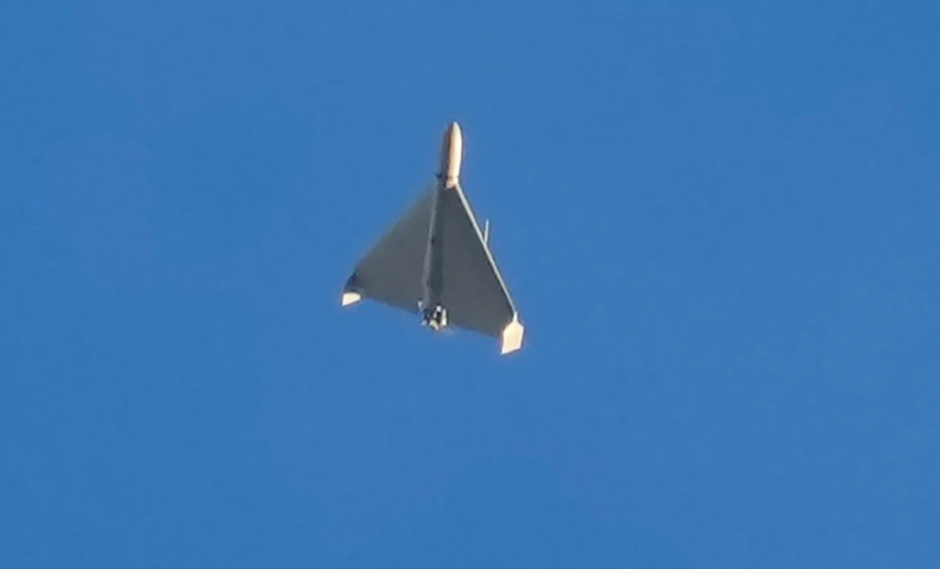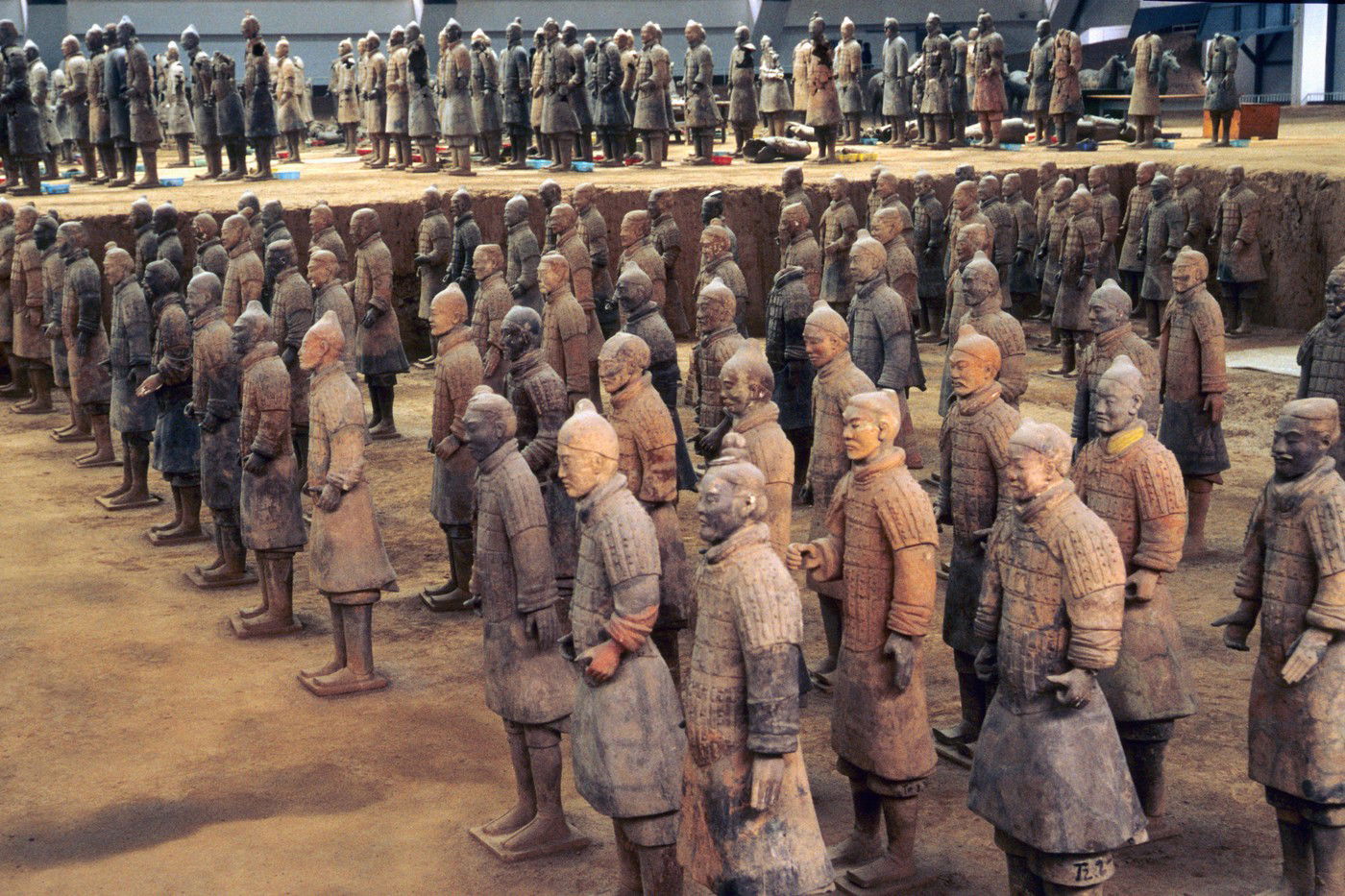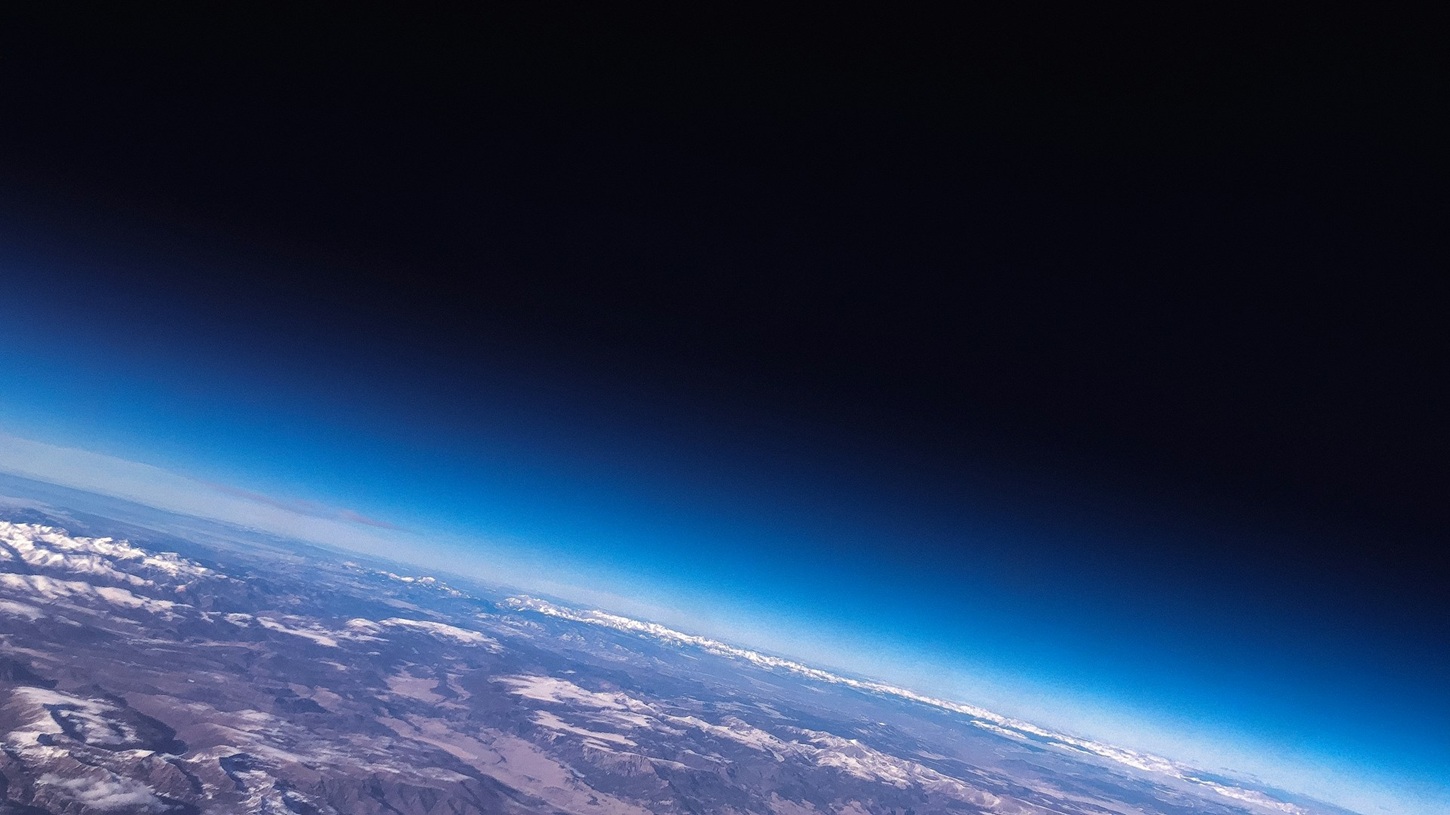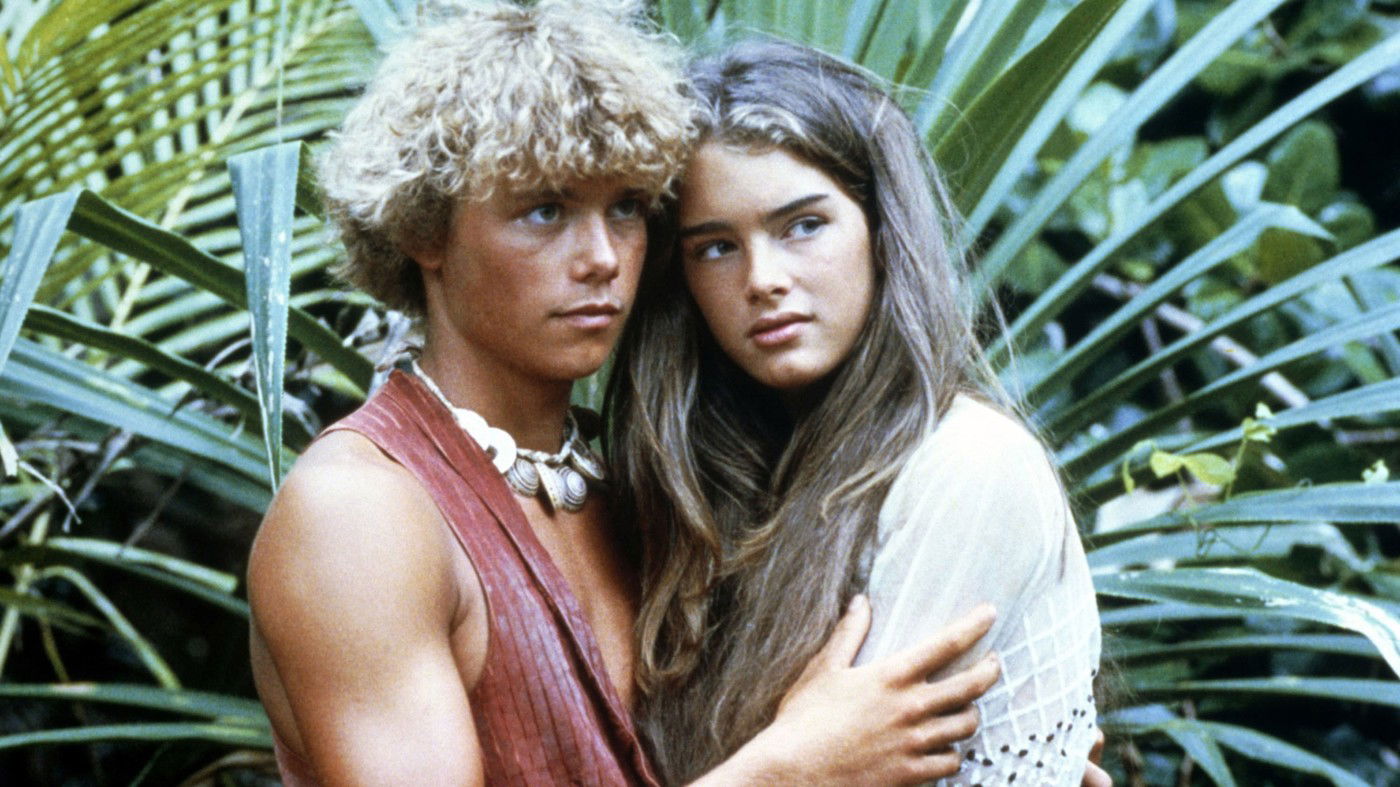Analysis of samples from the Ryugu asteroid, which is about 300 million kilometers from Earth, suggests that meteorites from outer space may have contributed to the development of life on Earth.
– The scientists involved in the research announced in their study published in the journal Nature Communications (which was noted by Livescience). Two organic compounds essential for living organisms were found in the sample taken by the Japan Space Agency’s Hayabusa-2 spacecraft, which confirms the theory that
Ingredients important for the development of life on Earth arrived billions of years ago with meteorites from space.
These two compounds are uracil and niacin. The former is one of the five nuclear bases that make up RNA, and the latter (known as vitamin B3 or nicotinic acid) is essential in metabolism. Many other organic compounds have also been detected in samples collected by the probe from a distance of 220 million km.
Scientists have long researched the conditions in which life could develop on Earth, which was born 4.5 billion years ago. The new findings support the hypothesis that the comets and meteorites that bombarded the early Earth provided the materials needed for the development of life. Key organic molecules have been found in carbon-rich meteorites that have been discovered on Earth before, but in their case it was not possible to prove beyond a reasonable doubt that they were not just traces of some kind of terrestrial pollution. In contrast, as confirmed by astrophysicist Aoba Yazuhiro, a scientist at Japan’s Hokkaido University, Hayabusa-2 found the samples now being studied in an extraterrestrial environment, and the samples could not have been contaminated with the terrestrial environment.
According to Oba’s report, the samples were collected from two sites in the 900-meter-diameter Ryugun, which may have formed about 4.6 billion years ago at the dawn of the solar system, and uracil and niacin were detected in both samples. The researchers extracted uracil, niacin, and some other organic compounds from the sample from Ryugu by soaking the material in hot water, then analyzed it using liquid chromatography and high-resolution mass spectrometry. Ohba wrote for Livescience,
In my personal opinion, it is difficult to rule out the possibility of some form of life in an extraterrestrial environment.
The Hajabusza-2 space probe, launched in 2014, returned to Earth in 2020 laden with rich relics. Samples from Ryugu are being analyzed by multiple research teams to maximize the chance of new discoveries. Last year, the research team led by Nakamura Tomoki, a scientist at Tohoku University, actually announced an important discovery, as they found a drop of liquid in the sample they were examining. This drop was carbonated water containing salt and organic matter, and its presence supports the theory that asteroids like Ryugu may have delivered water containing salt and organic matter to Earth when they collided with the planet.
(via MTI)












































